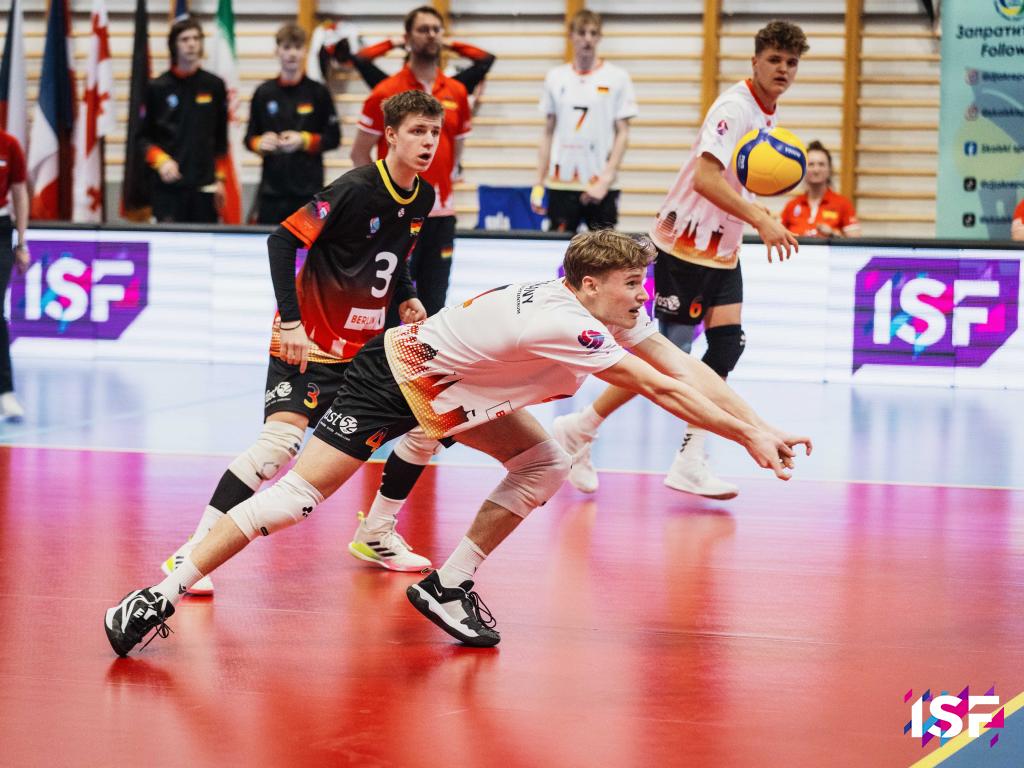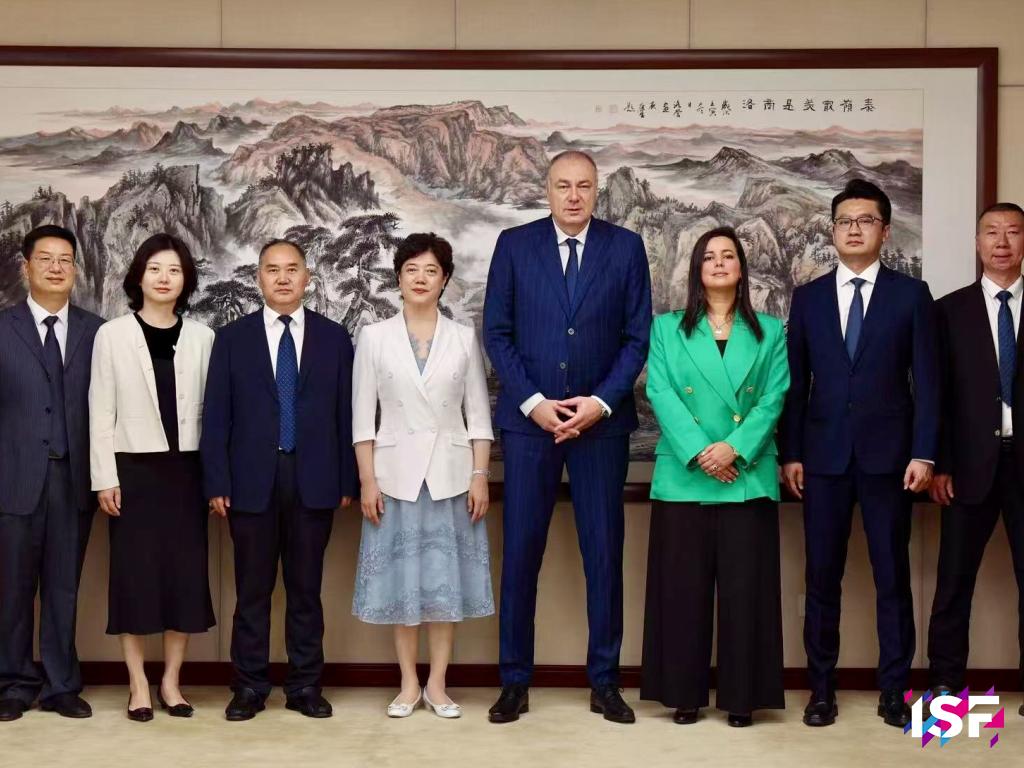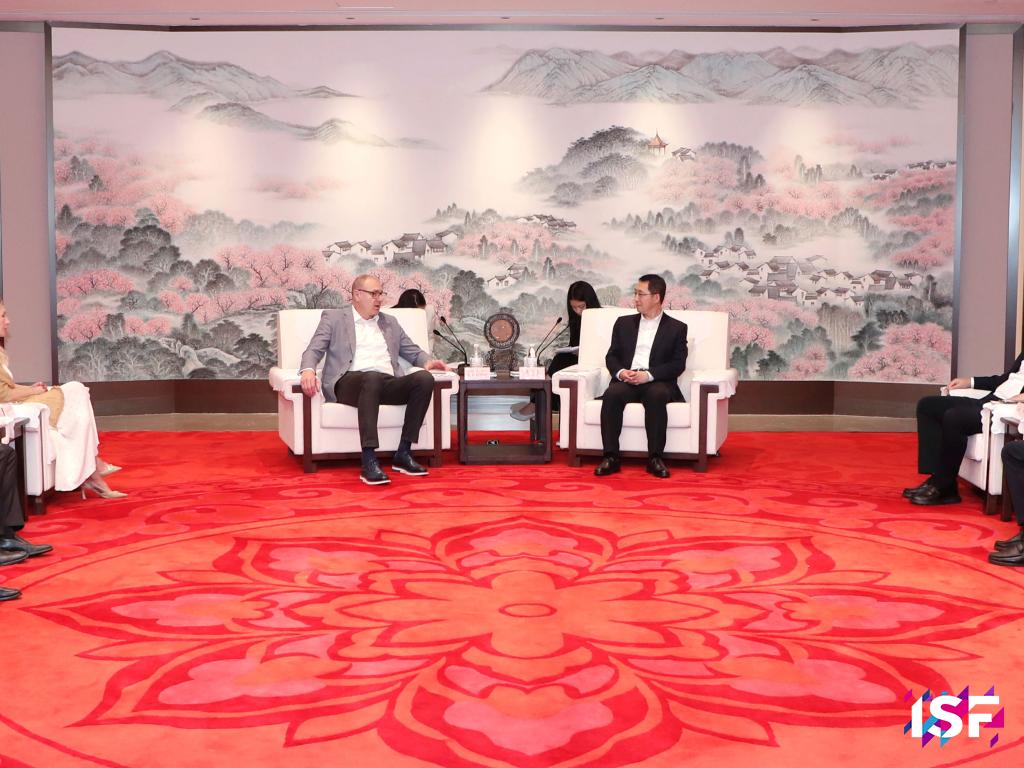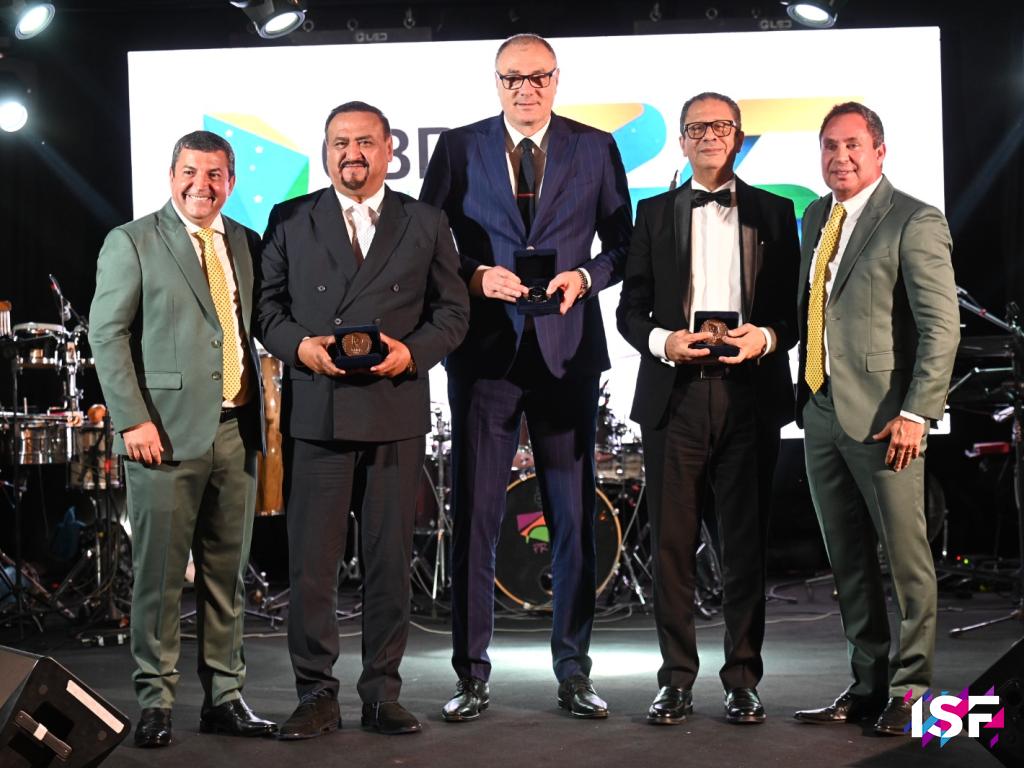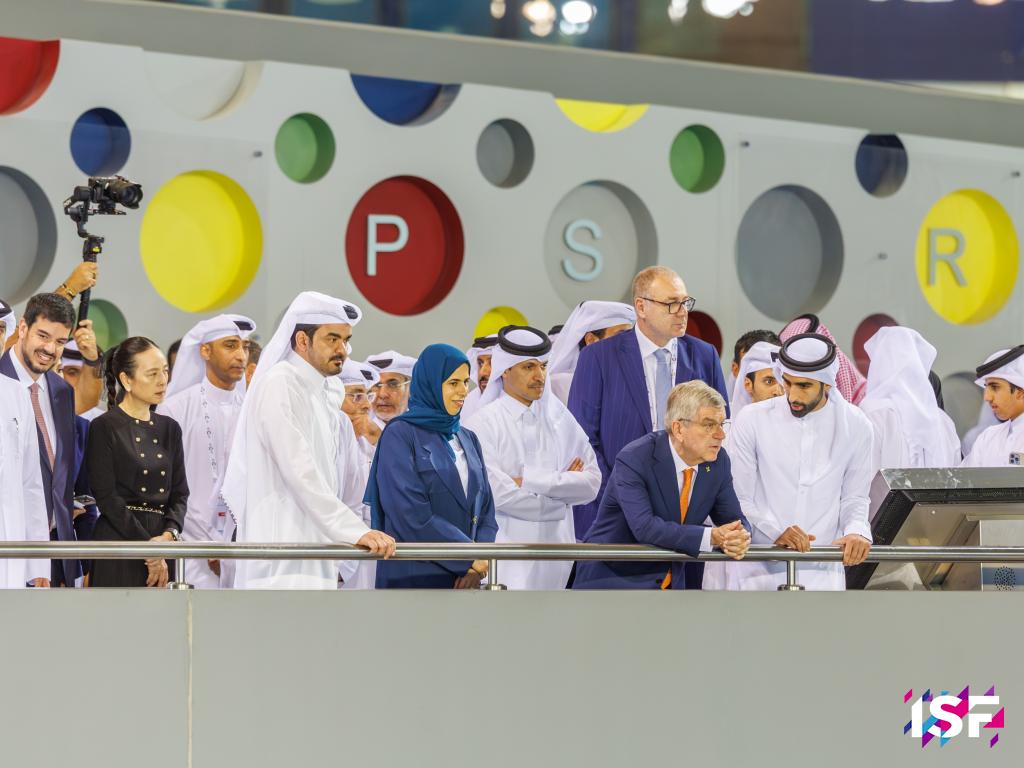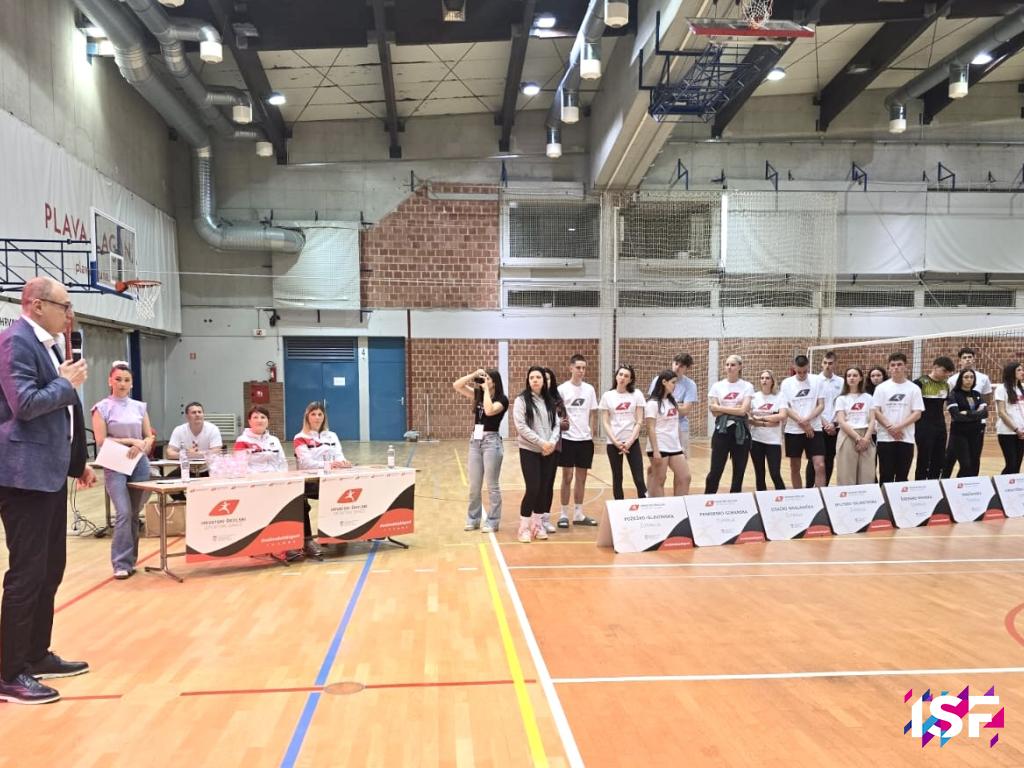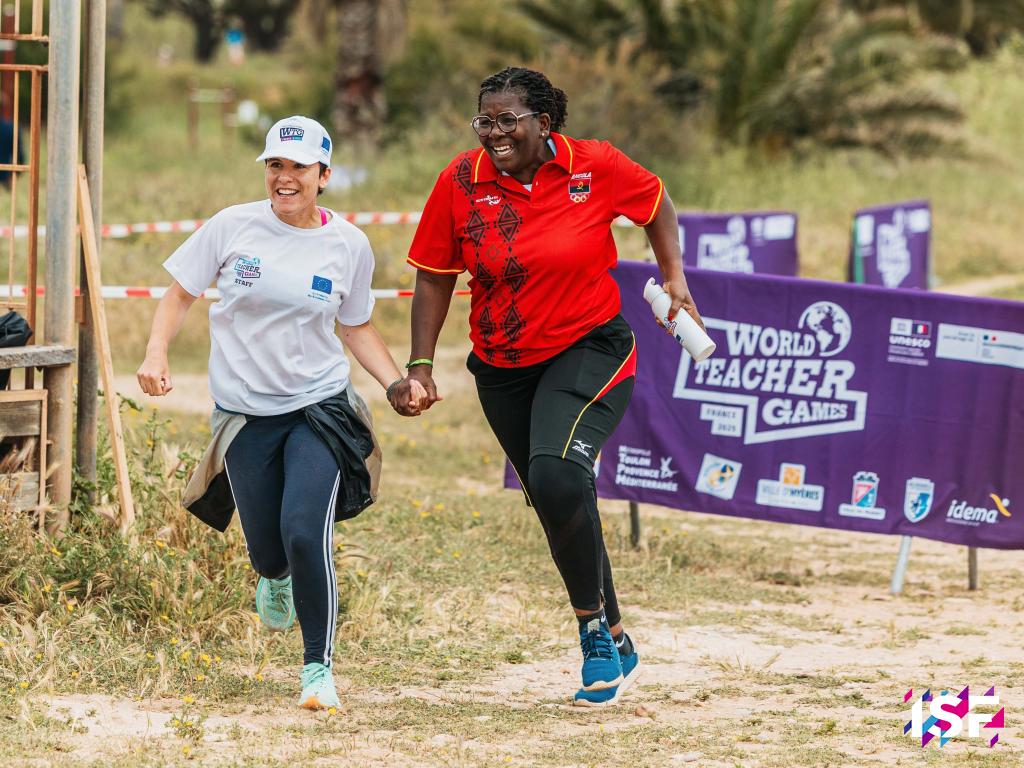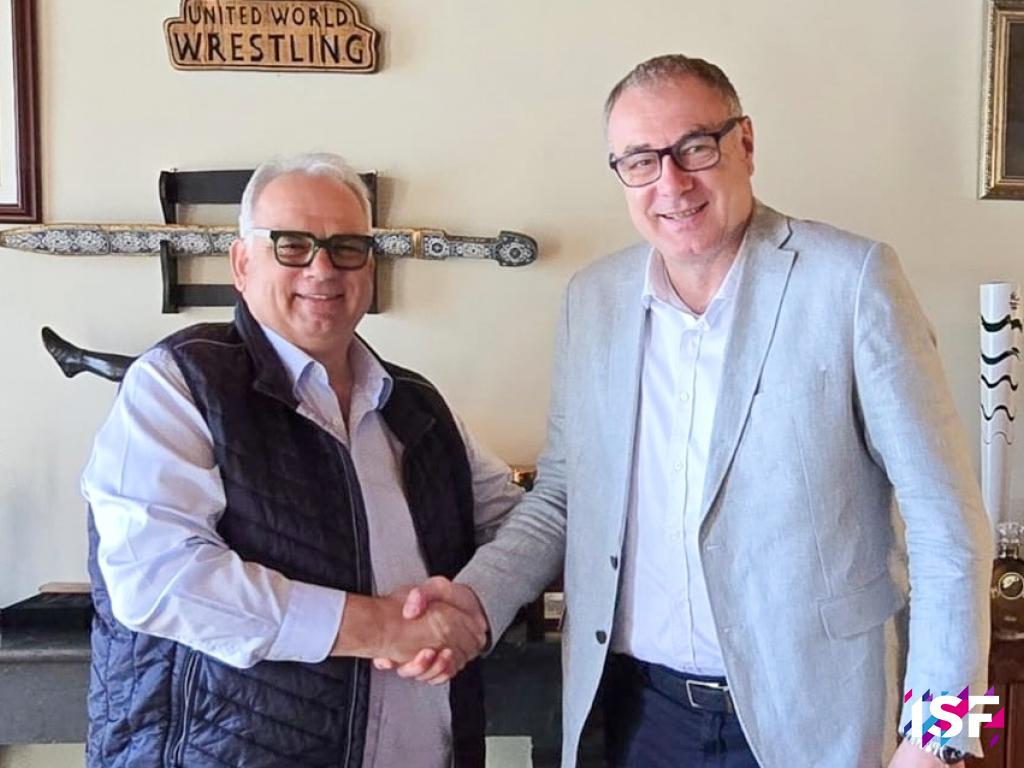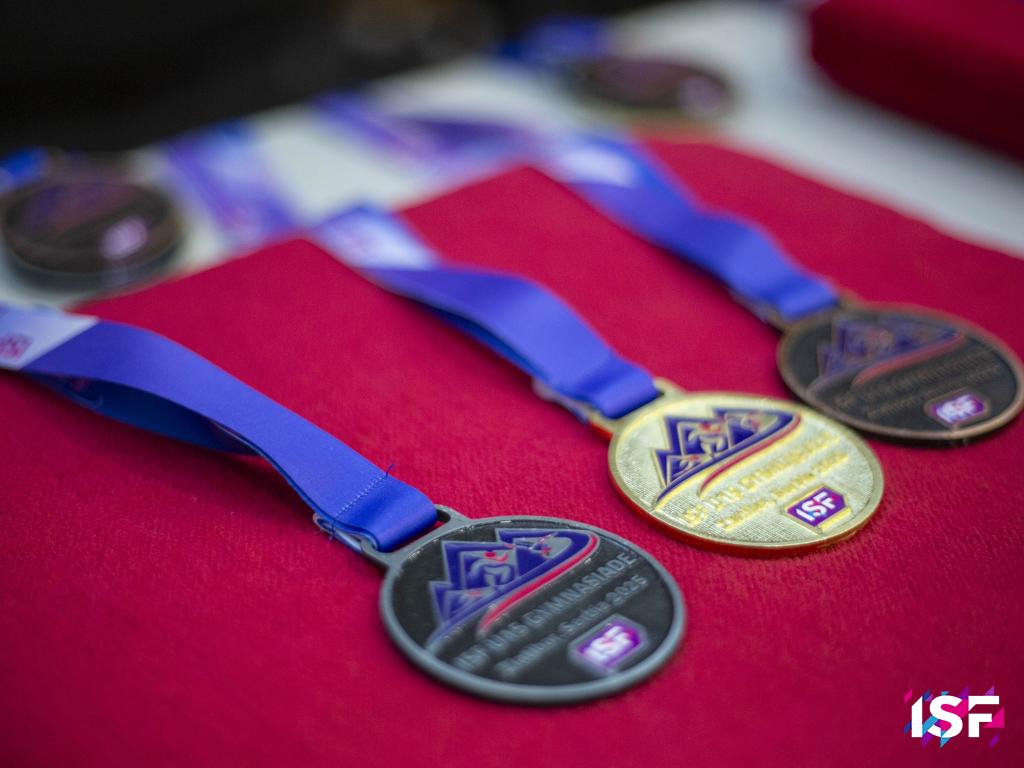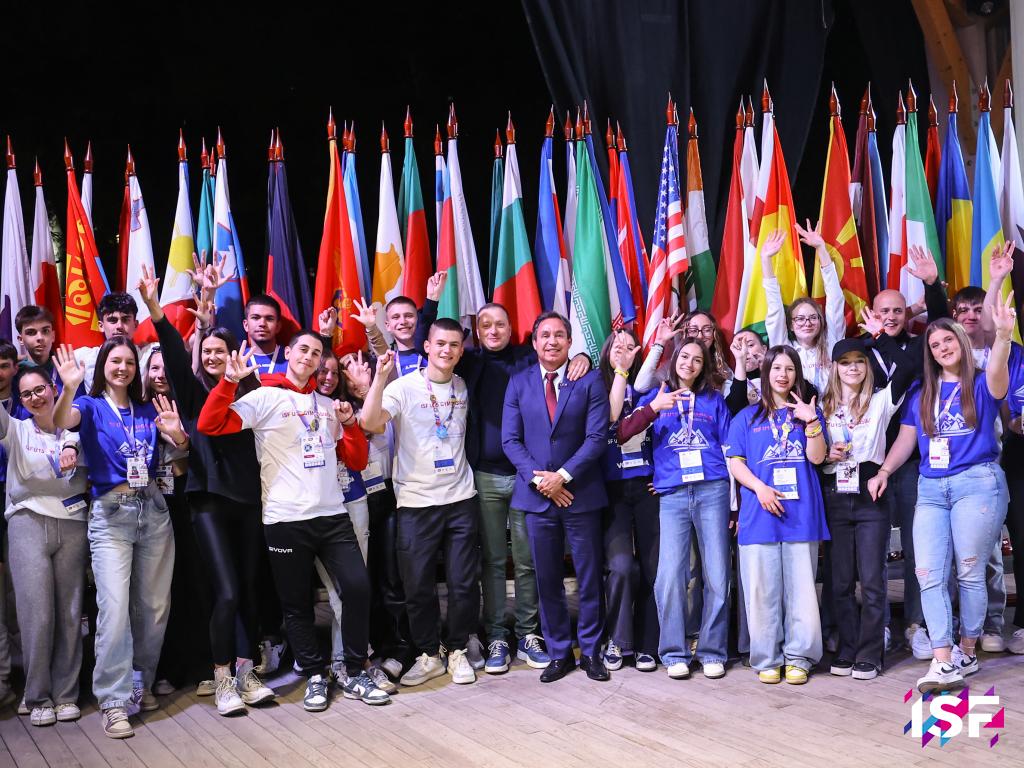Topic of School Sport Tackled in Council of Europe Webinar
Monday 21 February, ISF Secretary General/CEO Hrvoje Custonja participated as one of the keynote speakers to the Consultative Committee of the Enlarged Partial Agreement on Sport (EPAS) of the Council of Europe (CoE) webinar on ‘Physical education and school sports: a creative approach to human rights and democracy’.
As Chair of the Consultative Committee of EPAS, ISF Deputy Secretary General/CEO Kole Gjeloshaj began proceedings by welcoming all participants to the online Webinar. He was then followed by the Head of the Sport Division of the Council of Europe, Sophie Kwasny who opened the webinar by underlining the value-based approach in the European Sports Charter of the Council of Europe.
Speakers included representatives and experts from the Council of Europe, national institutions, organised sport, and academia. The panel of experts present during the webinar as keynote speakers, alongside Mr Custonja, were: Michael Trinker, Senior Project Officer of the Council of Europe; Ana Znidarec, Member of the national team for psychological crisis and trauma intervention; Caterina Pesce, Associate professor, Foro Italico University of Rome; Rose-Marie Repond, European Physical Education Association (EUPEA); and Elena Casero, Project officer of the Council of Europe.
Bringing the topic of school sport to the forefront, Mr Custonja, spoke on the topic of ‘Opportunities and challenges of school sport in promoting the human rights: an international perspective’.
“School sport is an extracurricular activity with the dimension to support value-based learning & implementation of key topics like human rights through international sport events where youth can meet and is complimentary to Physical Education (PE) taught within schools. Both School sport and PE are the best possible tools to promote human rights through sport, as they are the only guaranteed method to reach all children, utilising the infrastructure, equipment, and facilities already present within schools.”
“School must be at the heart of the project. As an institution, all schools must be central to the learning and promotion of human rights. Even if unaware of the topic and its full meaning, school students are discovering and engaging in the topic daily, through activities and projects initiated in the school setting.”
“The ISF is attempting to create an applicable example of extracurricular activity, which can be implemented across all school sport. The international aspect of ISF events provides an additional angle of learning for youth. The students attending ISF events engage in peer-to-peer learning and then return to their schools in their countries, continuing to share their experiences with their peers locally.”
“What we are missing is more action. All of us must act more concretely to implement more physical and educational activities for youth, which have a strong emphasis on crucial topics like human rights, whether directly or indirectly.”
Notable quotes from the webinar:
Michael Trinker: “The European Sports Charter is key in enabling the promotion of human rights, democracy and positive values such as fair play and tolerance through physical education and school sports”
Ana Znidarec: “Promote values-based physical education through the #EPAS Best Practices Manual, which provides recommendations on how PE instruction can help transfer life skills into civic activities”
Caterina Pesce: “The right to play can enlighten our efforts to promote quality physical activity which includes human rights and democracy education.”
Rose-Marie Repond: “Physical literacy is the skills and attributes individuals demonstrate through physical activity and movement across their lifetime.”
Elena Casero: “The Start to Talk Council of Europe project promotes the welfare of children and their protection from abuse in sport. Physical education teachers and school sports trainers are to be part of this crucial action too.”
This 3rd webinar of the current bureau of the Consultative Committee attracted no less than 113 participants.

